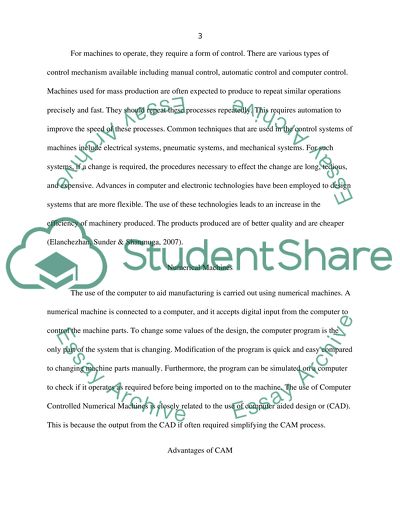Cite this document
(Computer aided design in mechanical engineering Case Study, n.d.)
Computer aided design in mechanical engineering Case Study. https://studentshare.org/engineering-and-construction/1617366-computer-aided-design-in-mechanical-engineering
Computer aided design in mechanical engineering Case Study. https://studentshare.org/engineering-and-construction/1617366-computer-aided-design-in-mechanical-engineering
(Computer Aided Design in Mechanical Engineering Case Study)
Computer Aided Design in Mechanical Engineering Case Study. https://studentshare.org/engineering-and-construction/1617366-computer-aided-design-in-mechanical-engineering.
Computer Aided Design in Mechanical Engineering Case Study. https://studentshare.org/engineering-and-construction/1617366-computer-aided-design-in-mechanical-engineering.
“Computer Aided Design in Mechanical Engineering Case Study”. https://studentshare.org/engineering-and-construction/1617366-computer-aided-design-in-mechanical-engineering.


